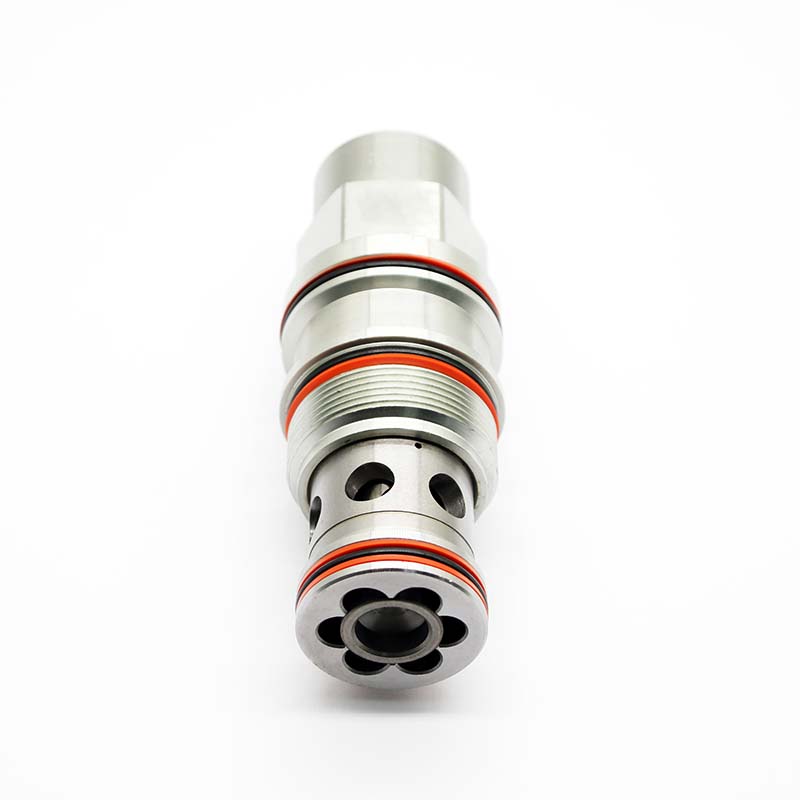The Function and Classification of Counterbalance Valves
Balance valves play a critical role in hydraulic systems, ensuring optimal performance and efficiency by regulating fluid flow and pressure. This article explores the function and classification of balance valves, providing insights into their essential role in hydraulic engineering.
Function
Balance valves are designed to maintain equilibrium within Hydraulic Systems by controlling fluid flow and pressure. Their primary functions include:
Flow Regulation:
Balance valves adjust the flow rate of fluid within hydraulic circuits, ensuring consistent and controlled movement of hydraulic media. By modulating flow, these valves prevent pressure imbalances that can lead to system inefficiencies or damage.
Pressure Regulation:
Balance valves help stabilize pressure levels throughout hydraulic systems, preventing pressure spikes or drops that can impact component performance and system integrity. By maintaining optimal pressure conditions, these valves enhance system reliability and safety.
Load Balancing:
In systems with multiple branches or components, balance valves distribute fluid evenly, preventing overloading of individual components and ensuring uniform operation. This load balancing capability promotes system longevity and performance consistency.
Classification
Balance valves are classified based on their design, operating principle, and application requirements. Common types of balance valves include:
throttle valves:
Throttle valves, also known as Flow control valves, regulate fluid flow by varying the cross-sectional area through which fluid passes. These valves are often used to control flow rate and pressure in hydraulic systems, offering precise adjustment capabilities.
Pressure Relief Valves:
Pressure relief valves protect hydraulic systems from overpressure conditions by diverting excess fluid flow to a low-pressure reservoir or outlet. These valves ensure system safety and prevent damage to components caused by excessive pressure buildup.
Check Valves:
Check valves, or non-return valves, allow fluid flow in one direction while preventing reverse flow. In hydraulic systems, check valves maintain pressure levels and prevent fluid backflow, ensuring consistent operation and system stability.
Proportional Valves:
Proportional valves modulate fluid flow and pressure based on input signals, allowing for precise control over system parameters. These valves are commonly used in applications requiring dynamic response and fine-tuned performance adjustments.
Differential Pressure Valves:
Differential pressure valves maintain pressure differentials between two points within a hydraulic system, ensuring balanced operation and preventing pressure fluctuations. These valves are essential for maintaining system stability and performance consistency.
In conclusion, balance valves are indispensable components in hydraulic engineering, facilitating fluid flow and pressure regulation to optimize system performance. By understanding their functions and classifications, engineers can effectively design and implement hydraulic systems that meet operational requirements and performance standards.
Saivs brand
- Gm7 series low speed rpm high torque hydraulic radial piston motor
- Single drum 10000/11000/12000 lbs pounds 5T 5000kg hydraulic winch
- Smaller Pressure Fluctuation Denison Vane Parker Pump T6C For Sale
- Hydraulic control check valve rexroth Z2S6 Z2S10 Z2S16 Z2S22 Z2S22-1-52/V
- Manual Electric Stacker
- P40/P80 Hydraulic Directional Control Valves
- Rexroth Hydraulic pump A2FO 16 23 32 45 56 107 160 200 250
- rexroth 4wrze10 4wrze16 4wrze25 4wrze32 series electro-hydraulic proportional directional valve
- AZPJ series Rexroth Gear Pumps
- Sai GM Crane Winch Motor GM1 Hydraulic Swing Cylinder Radial Piston Motor Oil Pump
